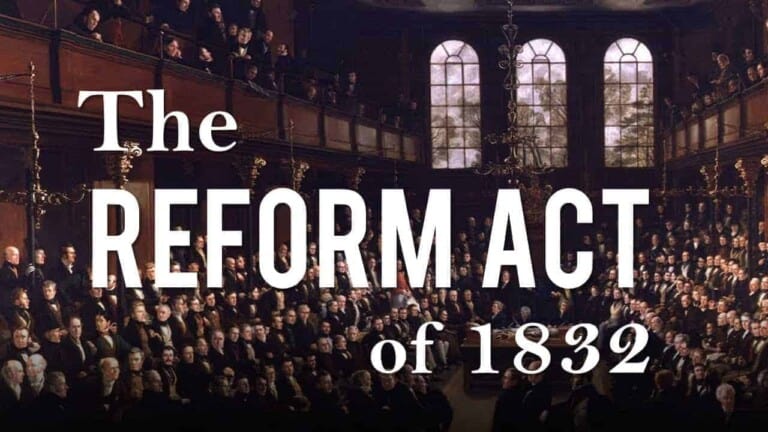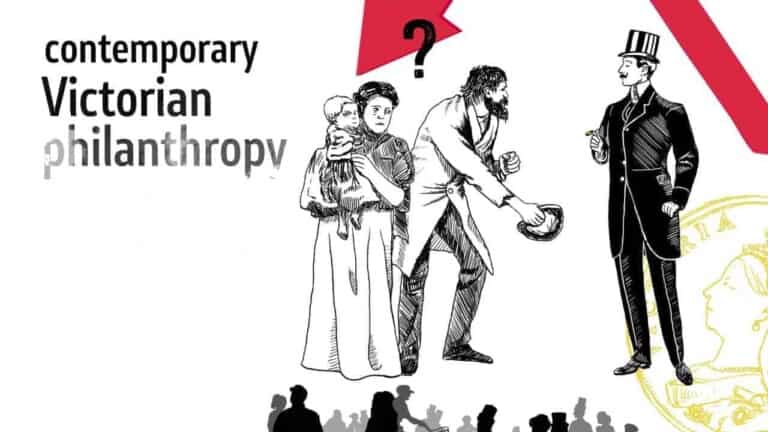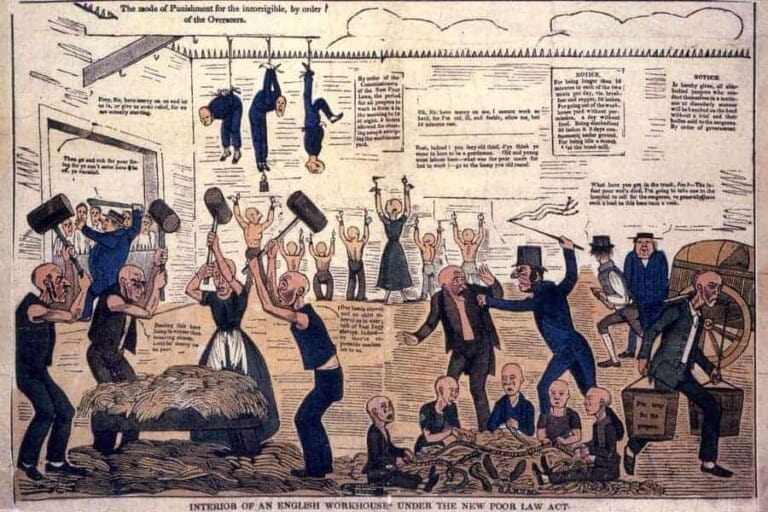Before 1832, the electoral system in Great Britain was confused: there were County seats, Borough seats, “scot and lot” seats (where any adult male who paid local poor rates could vote), “potwalloper” seats (where every resident male of at least 6 months standing who was not a pauper could vote) and of course “rotten boroughs”.
Eventually, after a long struggle (cf The Peterloo Massacre in 1819), the First Reform Act was passed by a Whig Government in 1832, which resulted in an extension of male suffrage for England: in county seats to those owning freehold property worth at least 40 shillings per annum and those leasing or renting land worth at least £50 per annum; in borough seats to those owning property worth at least £10 per annum with provisions.
There were also changes in the distribution of seats: 56 borough constituencies lost their representation entirely, 30 boroughs lost one of their two members, 22 new Parliamentary boroughs were created with two members, 19 new Parliamentary boroughs were created with one member and county representation increased. Similar measures affected Wales, Ireland, and Scotland.
However, many working-class men felt they had gained nothing from this legislation: they only saw a small increase in the electorate to the advantage of the middle class. There followed a period of agitation, referred to as Chartism.





